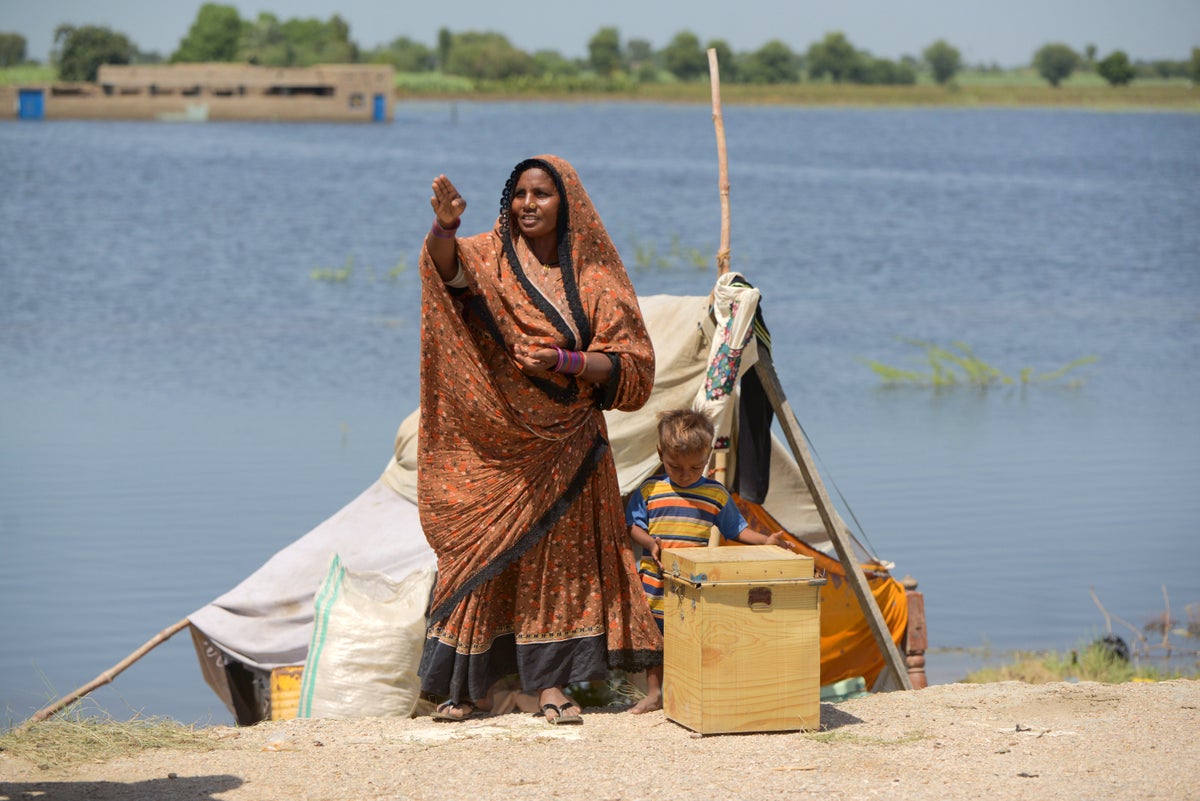
In August, the government of Pakistan was forced to declare a national emergency as devastating flooding caused what the UN secretary-general called a “climate catastrophe”.
The unprecedented levels of flooding have resulted in the deaths of 1,638 people, including hundreds of children, since mid-June, the National Disaster Management Authority announced.
Hundreds of thousands are thought to have been displaced and living without access to clean water, accommodation or toilets. There has been widespread destruction of homes, roads, schools, health facilities and livestock in the country’s worst flooding in recent history.
Many people are living in makeshift camps with the government unable to provide sufficient relief. Charities are steadily working to provide crucial aid but are in desperate need of more resources as the situation in Pakistan worsens.
One of those left homeless is Soni, who is living with her family in a temporary shelter in Mitiyari Hyderabad, Sindh.
She says: “We are all worried. Our houses are underwater. We are sitting here at the roadsides with our children. There is nothing with us. We are poor people, what we can do. We can do nothing.”
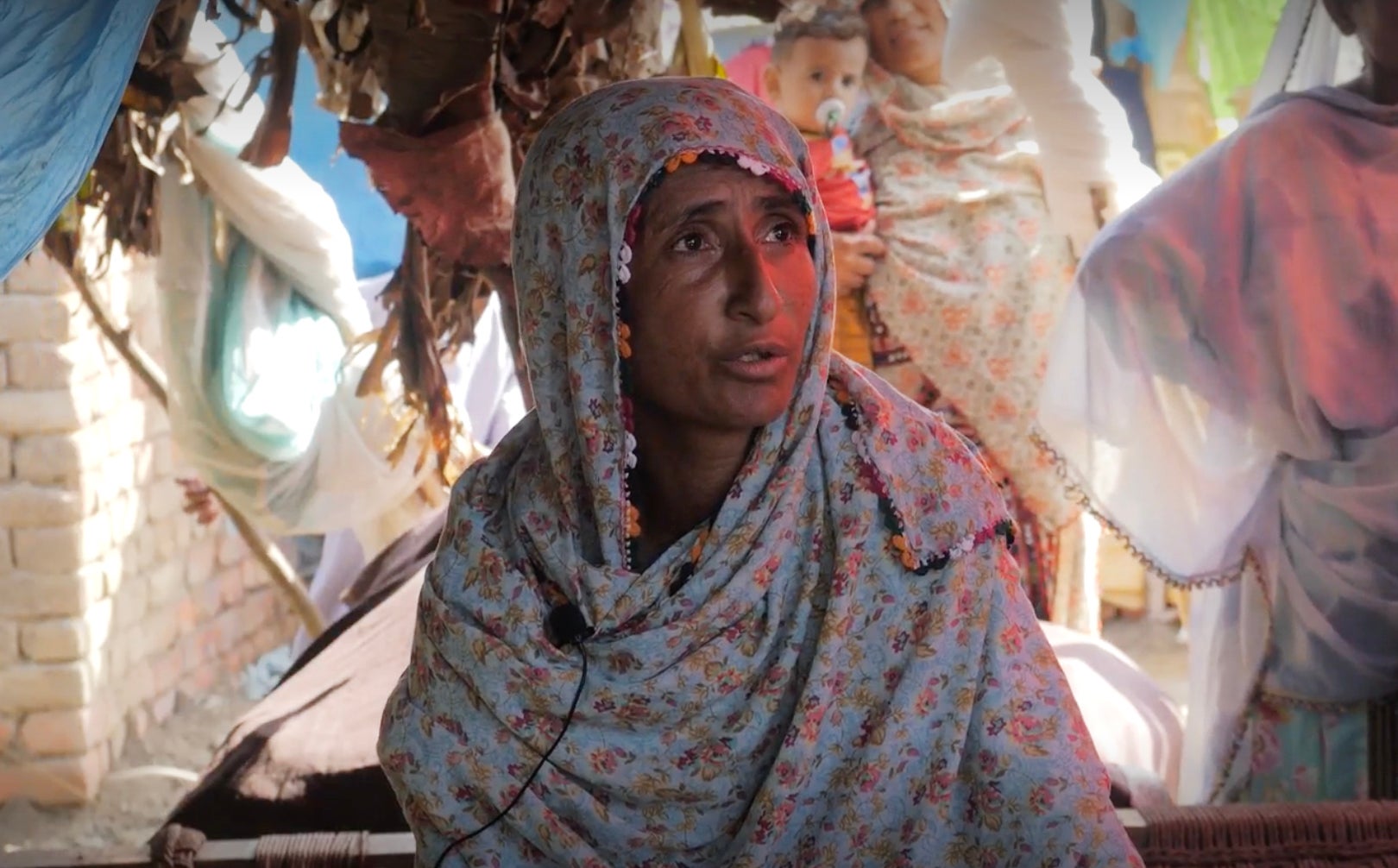
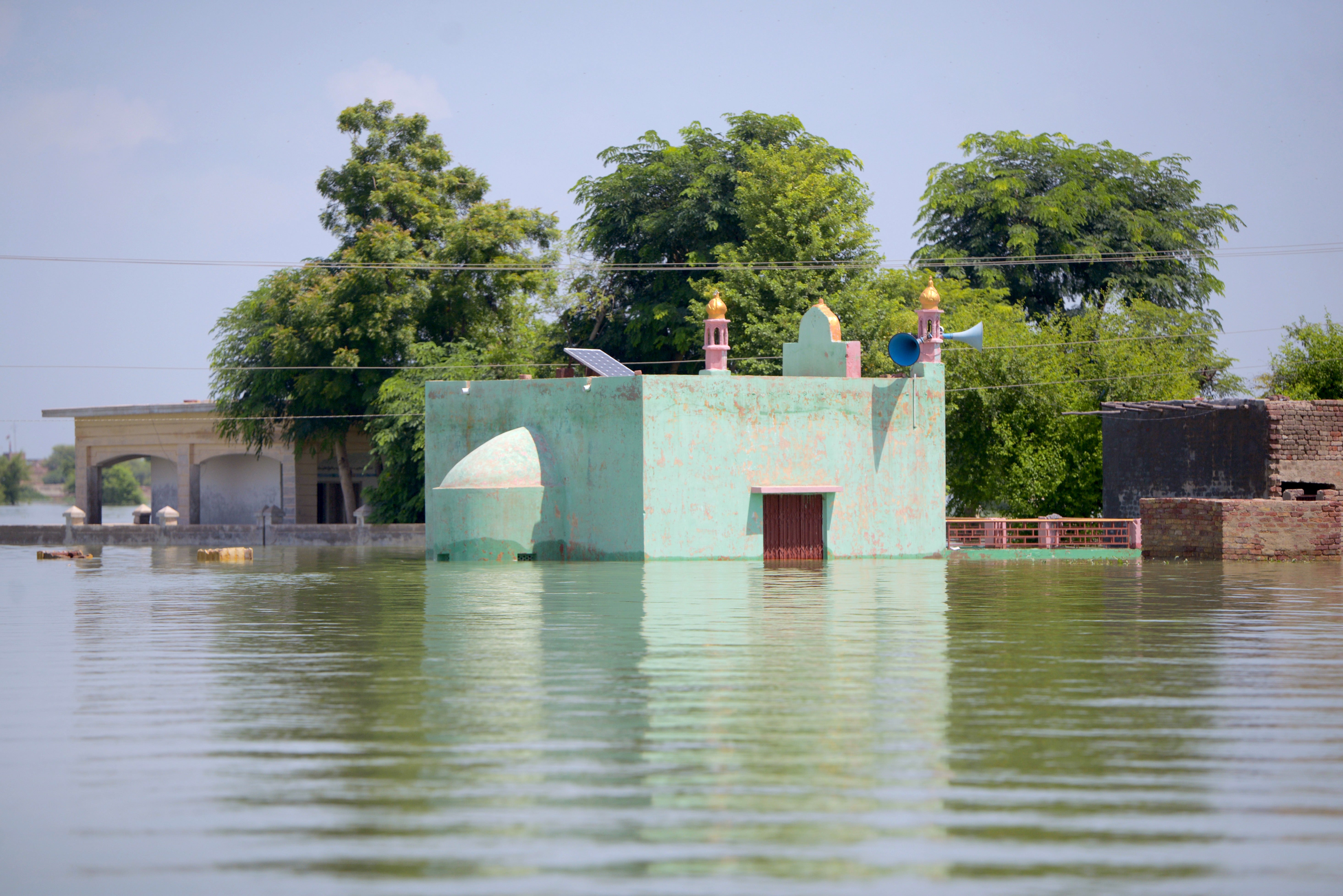
An estimated 33 million people are thought to have been affected, with 6 million in need of humanitarian assistance.
Noor Zadi, who also lives in Sindh province has lost everything in the last few months and now has no drinking water for her family.
She said: “There is also a shortage of food and water. There is so much mud that people’s feet get stuck. A flood like this has not come before in our lifetimes – our house has completely vanished.”
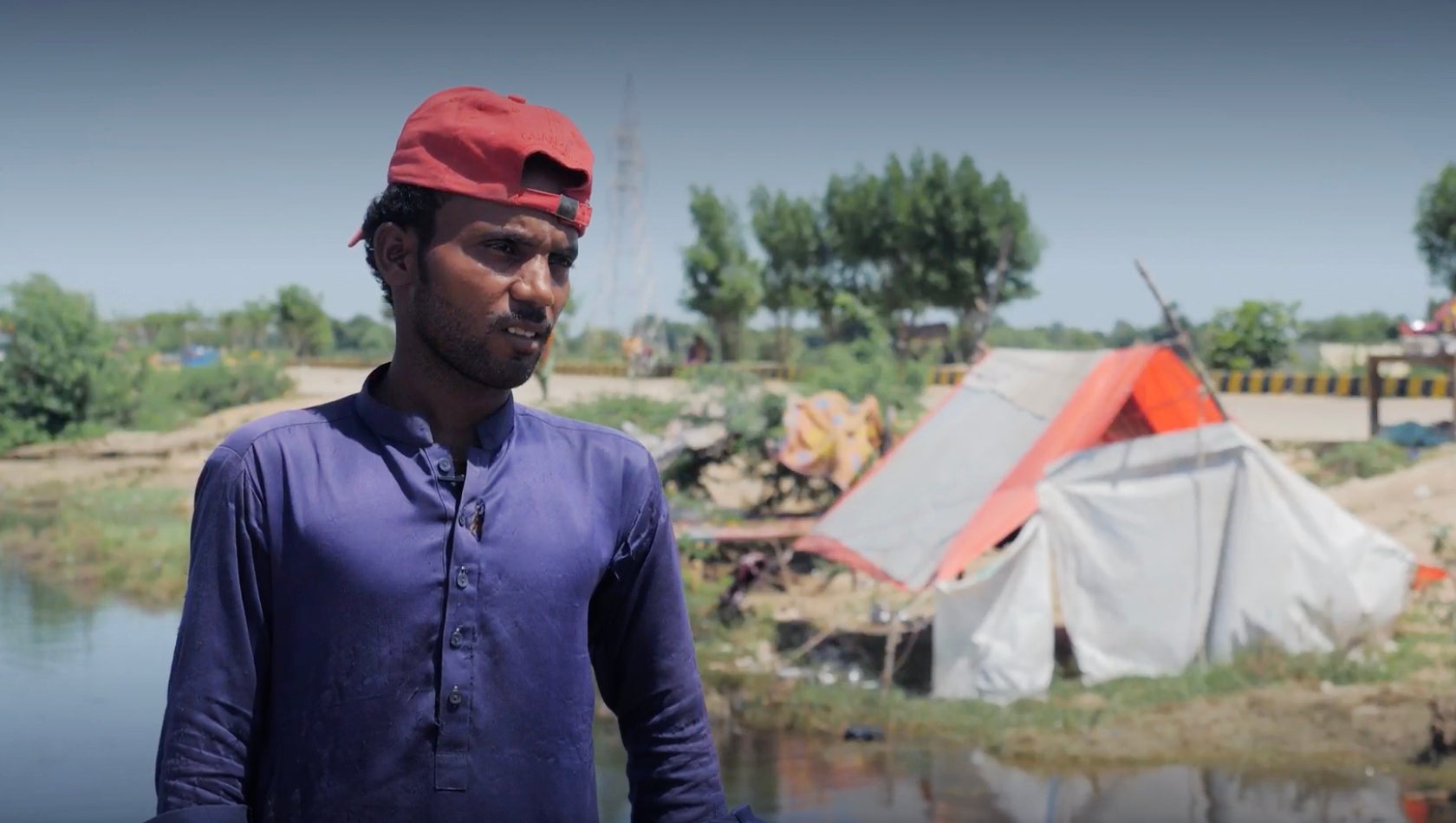

Pakistan has deployed thousands of additional doctors and paramedics in the country’s worst flood-hit province to contain the spread of diseases that have killed more than 300 people, officials said last week.
Manzoor, a farmer from Sindh province, is concerned by the rising levels of sickness being spread and the risks to his children.
He says: “We prepare whatever we have for our children to eat. There have been many nights that we all go to sleep on an empty stomach. Small children are starving. So many people and children are sick: so many diseases are being spread. The children are so vulnerable.”
Many people, especially men, have been forced to travel long distances to get basic supplies, in often stagnating dirty water that raises the threat of disease and illness.
Pakistan’s health officials have set up teams to fumigate populated areas and built isolation facilities to tackle the spread of dengue fever.
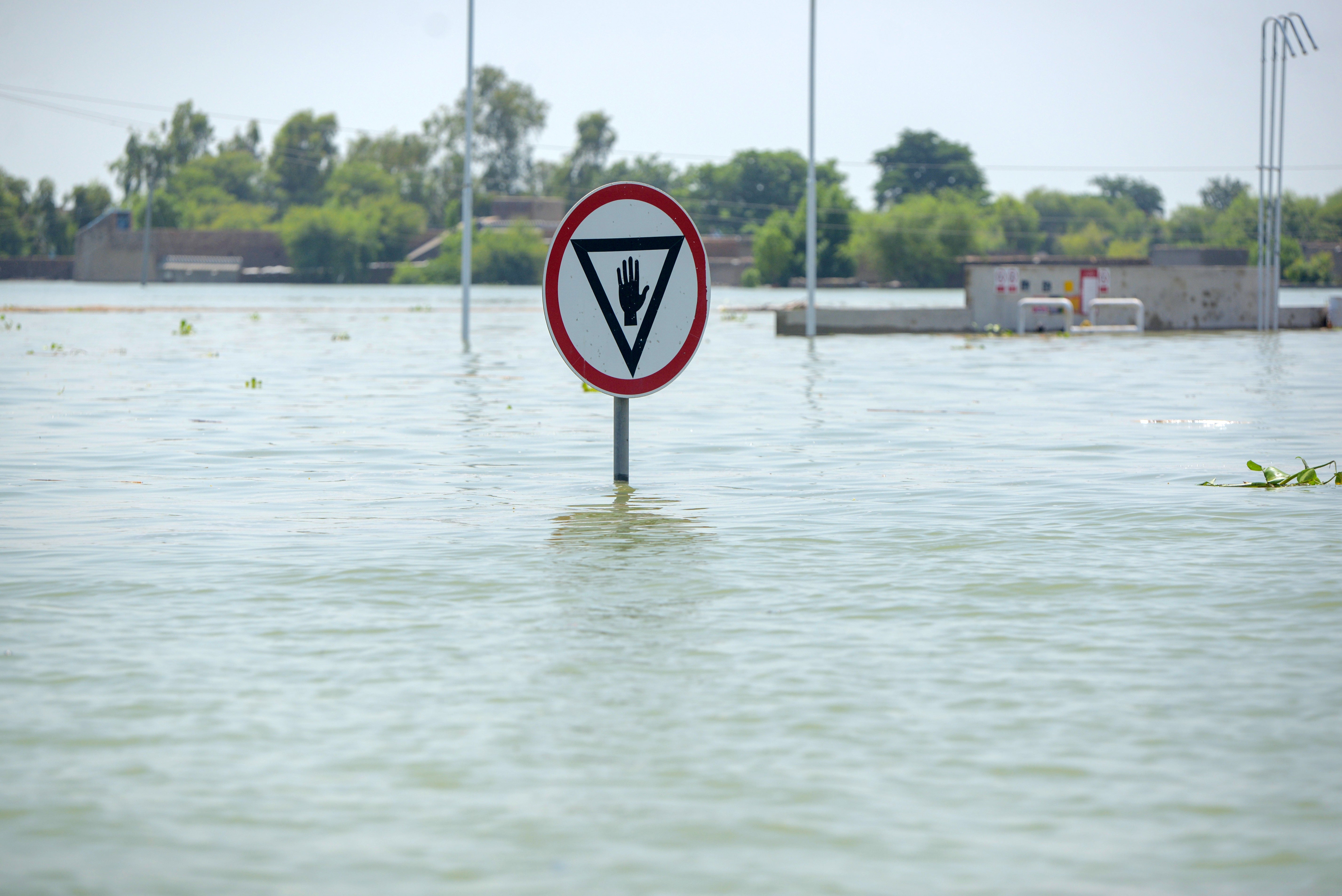
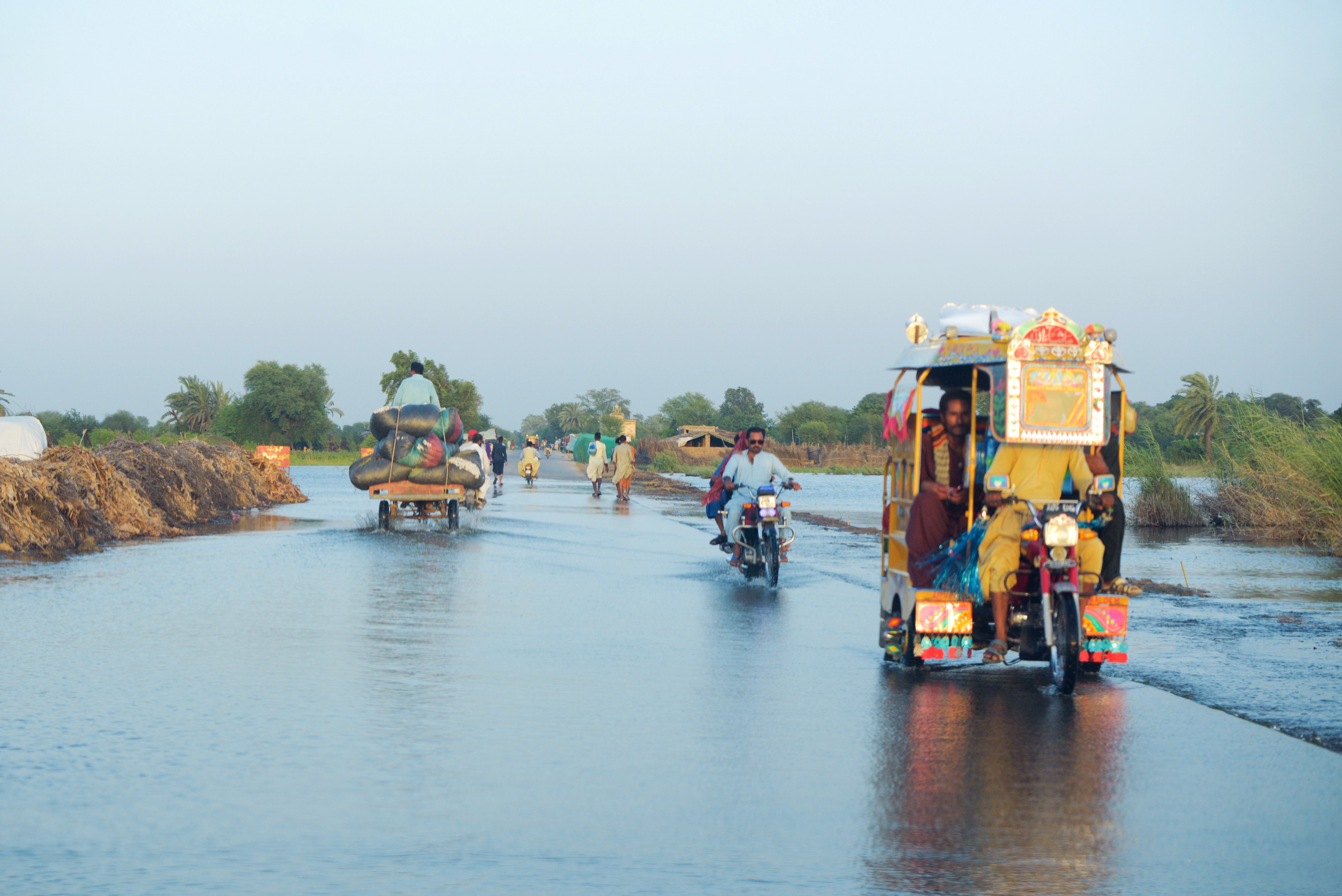
Much of the worst affected provinces of Sindh and Balochistan remain under water with relief efforts being hampered by the difficulties in reaching these remote areas. Many roads have been blocked and bridges swept away, cutting many communities off entirely from emergency response teams.
The rainfall that Pakistan is currently seeing is 2.9 times higher than the national 30-year average, with the worst affected provinces seeing five times as much rainfall than normal, according to the UN.
A hunger crisis is also looming after crops, food stores and an estimated 1 million livestock were swept away by the intense level of flooding.
Aid groups are also raising concerns over many women and girls living out in the open or in basic shelters, with risks to their safety and well-being.
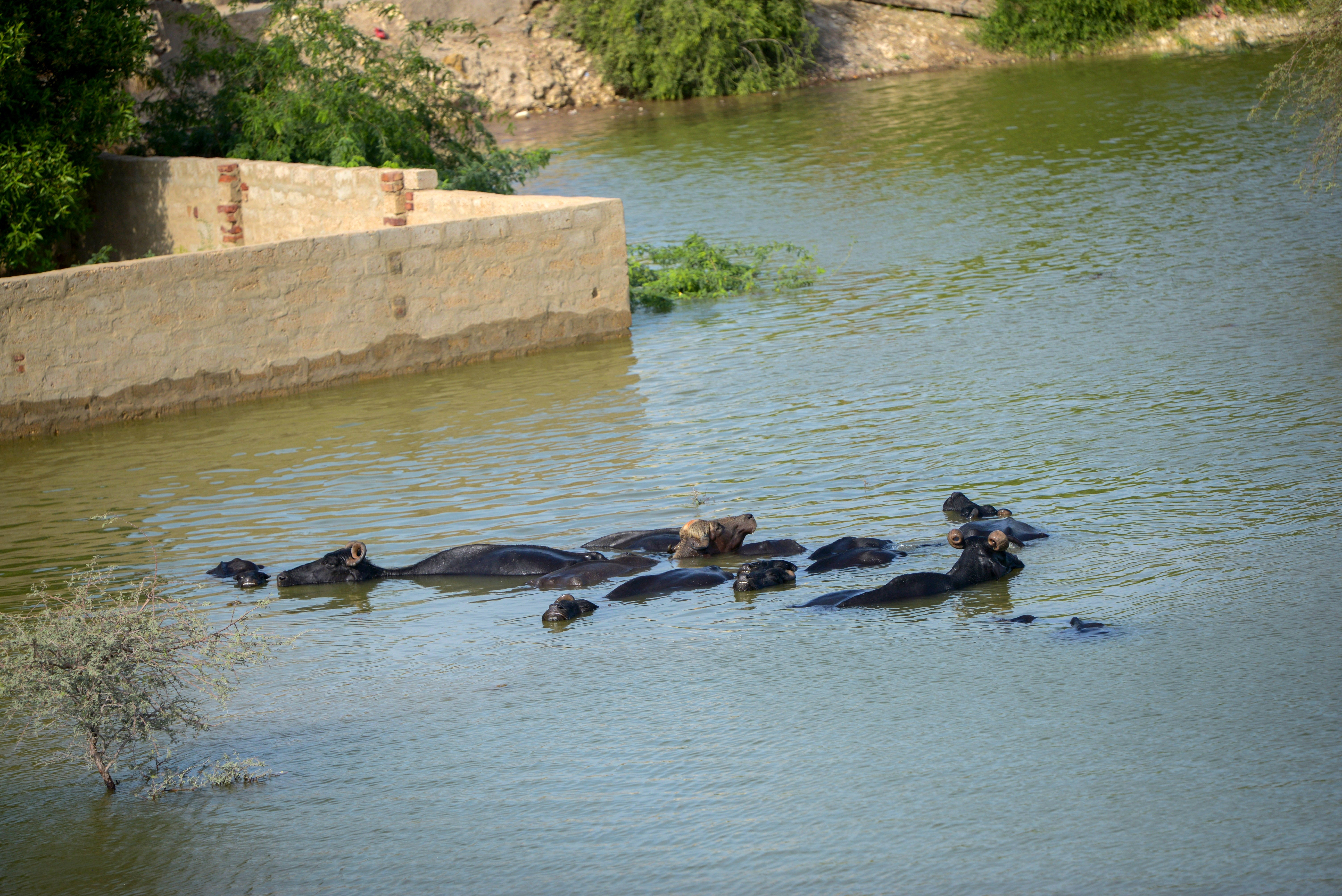
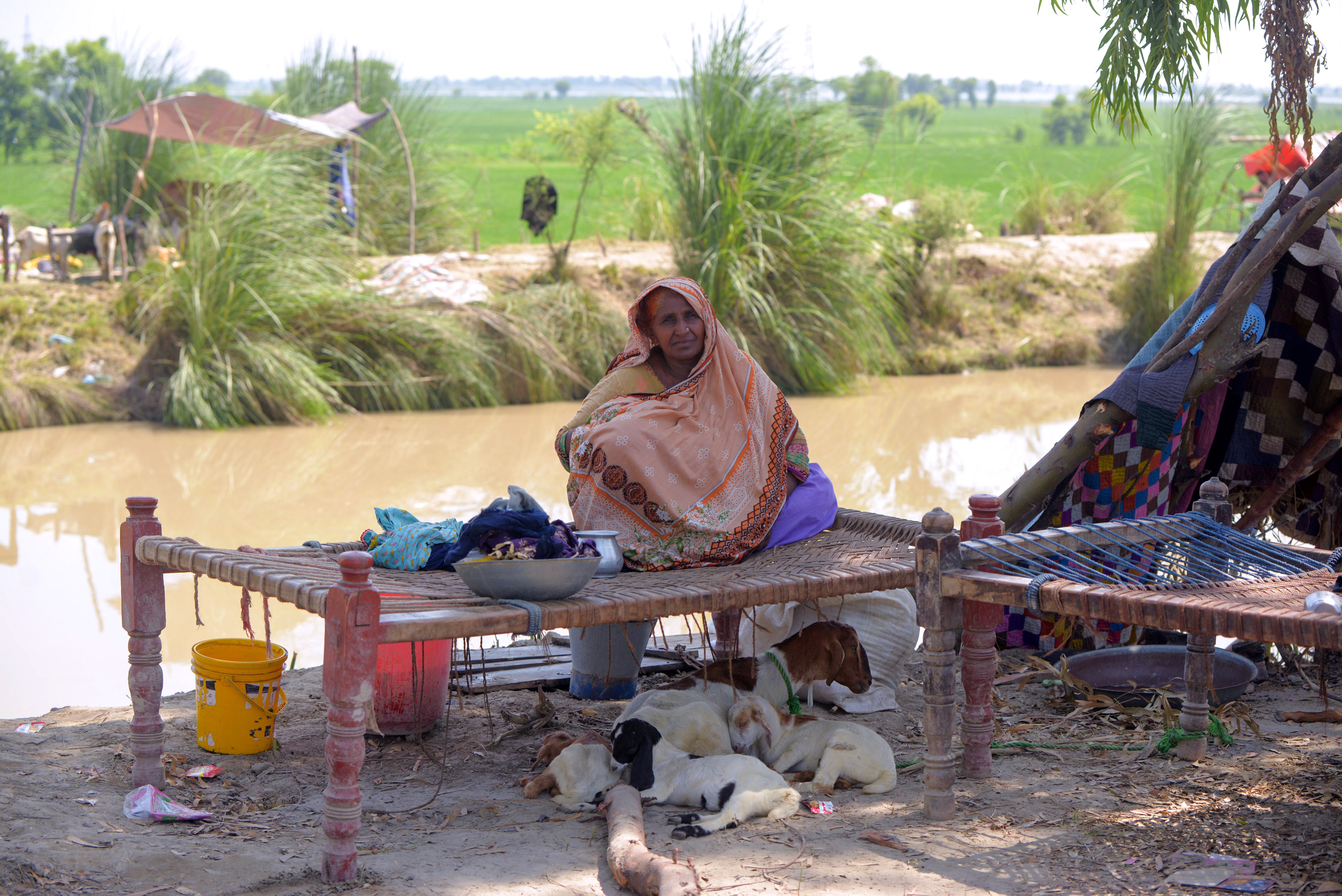
Pakistan officials say the disaster has caused an estimated $30bn in damage.
One aid group, the Disasters Emergency Committee (DEC), launched the Pakistan Floods Appeal at the beginning of September and has now raised more than £25m from the British public, including £5m from the UK government’s Aid Match scheme.
While the immediate focus of the DEC’s relief effort will be to save lives, with the process of rebuilding and recovery likely to take years.
Pakistan is among the 10 countries most affected by extreme weather events despite having a very low carbon footprint, according to the Global Climate Risk Index 2021 and Climate Watch.
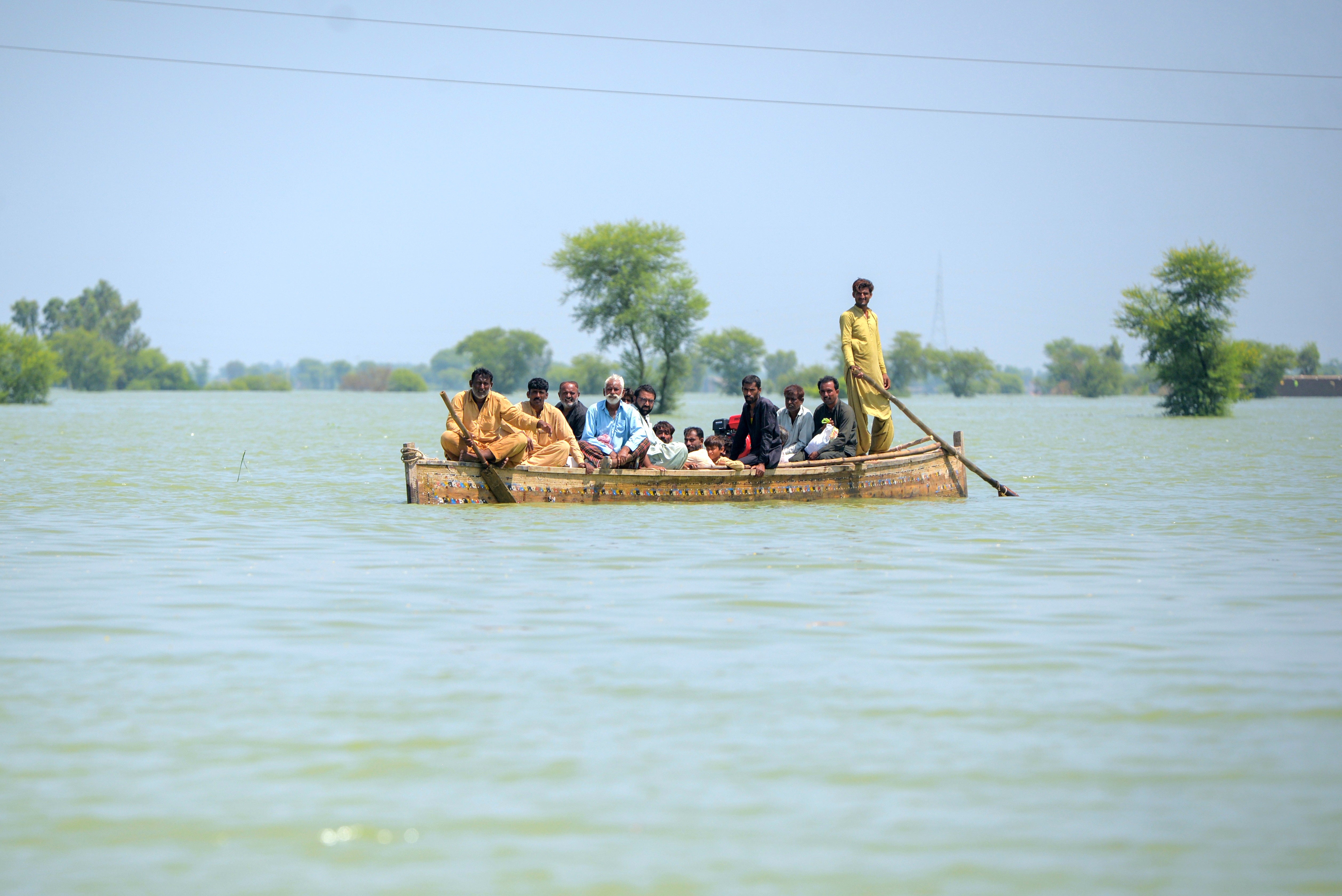

An initial attribution study by scientists has found that global heating is “likely” to have played a role in this disaster.
“What we saw in Pakistan is exactly what climate projections have been predicting for years,” said Friederike Otto from Imperial College London, and a member of the DEC’s advisory panel on climate change.
“It’s also in line with historical records showing that heavy rainfall has dramatically increased in the region since humans started emitting large amounts of greenhouse gases into the atmosphere,” he added.
Member charities of the DEC are working closely with national partners to support the rescue and relief effort, provide basic relief items, deliver clean water, emergency shelter materials, food and urgent health assistance.
You can find out more about the DEC and their relief work by visiting their website here.







